ISORD-11
The 11th International Symposium on
Radiation Safety and Detection Technology
4-7 July, 2023 | Hanyang University, Seoul, Korea
Invited Speakers
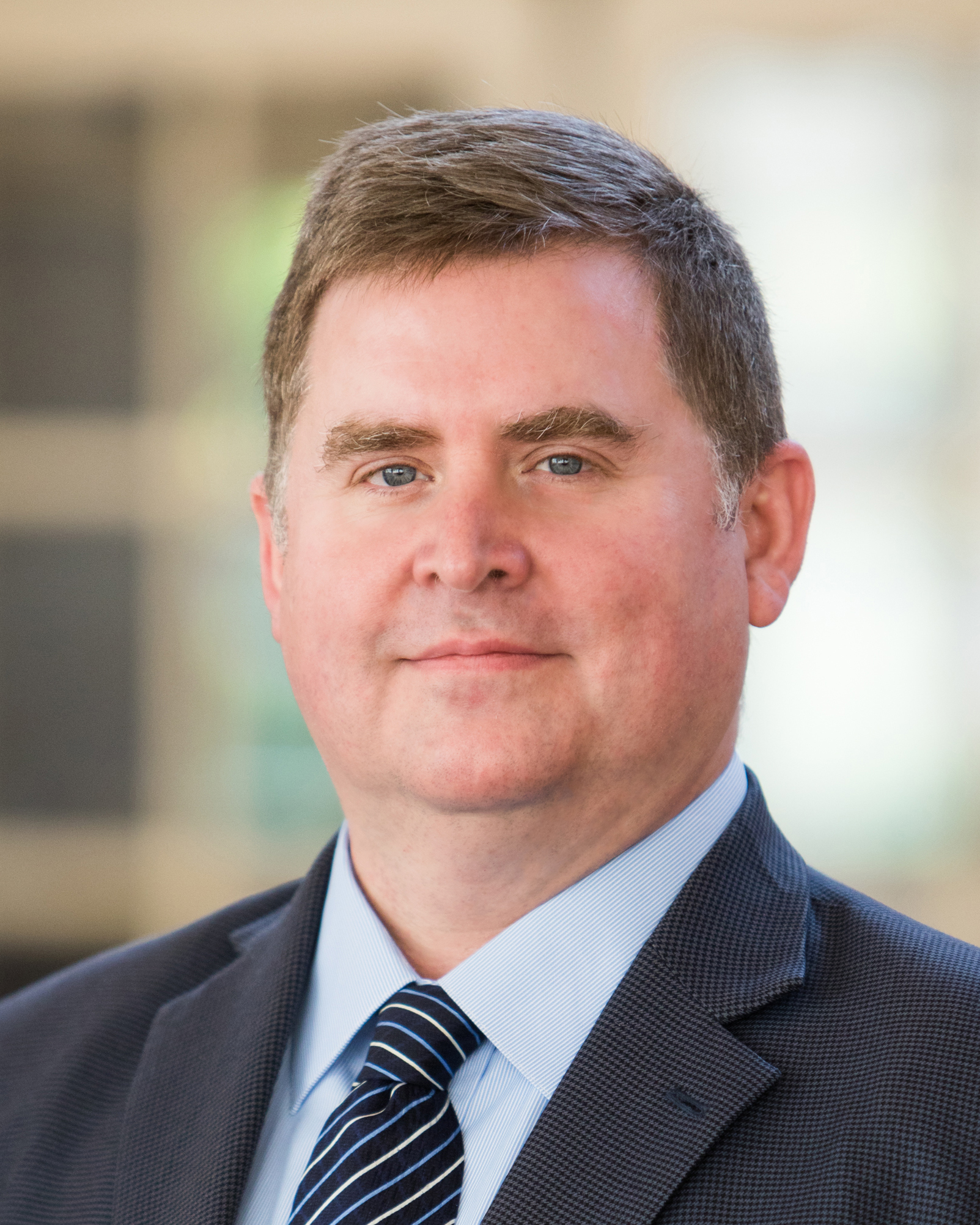
Christopher H. Clement, MSc CHP MSRP
Scientific Secretary & Chief Executive Officer of International Commission on Radiological Protection
Keon Wook Kang, M.D., Ph.D.
Professor, Department of Nuclear Medicine, Seoul National University College of Medicine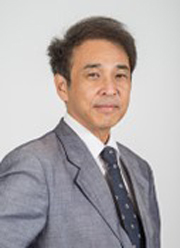
Hiroyuki Takahashi, Ph.D.
Professor, Institute of Engineering Innovation, Department of Nuclear Engineering and Management, and Department of Bioengineering, School of Engineering, The University of Tokyo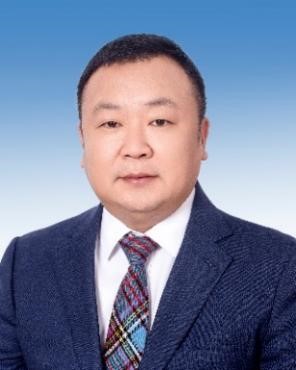
Liye Liu, Ph.D.
President, China Institute for Radiation Protection (CIRP)Secretary-General, China Society of Radiation Protection (CSRP)
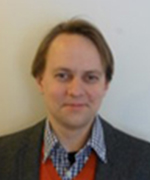
Jan Schuemann, Ph.D.
Associate Professor, Department of Radiation Oncology, Massachusetts General Hospital and Harvard Medical School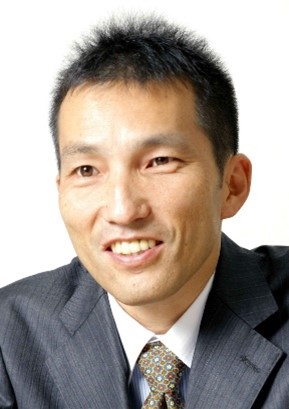
Tatsuhiko Sato, Ph.D.
Research fellow, Nuclear Science and Engineering Center, Japan Atomic Energy Agency
Kun-Woo Cho, Ph.D.
Principal researcher, Korea Institute of Nuclear Safety (KINS)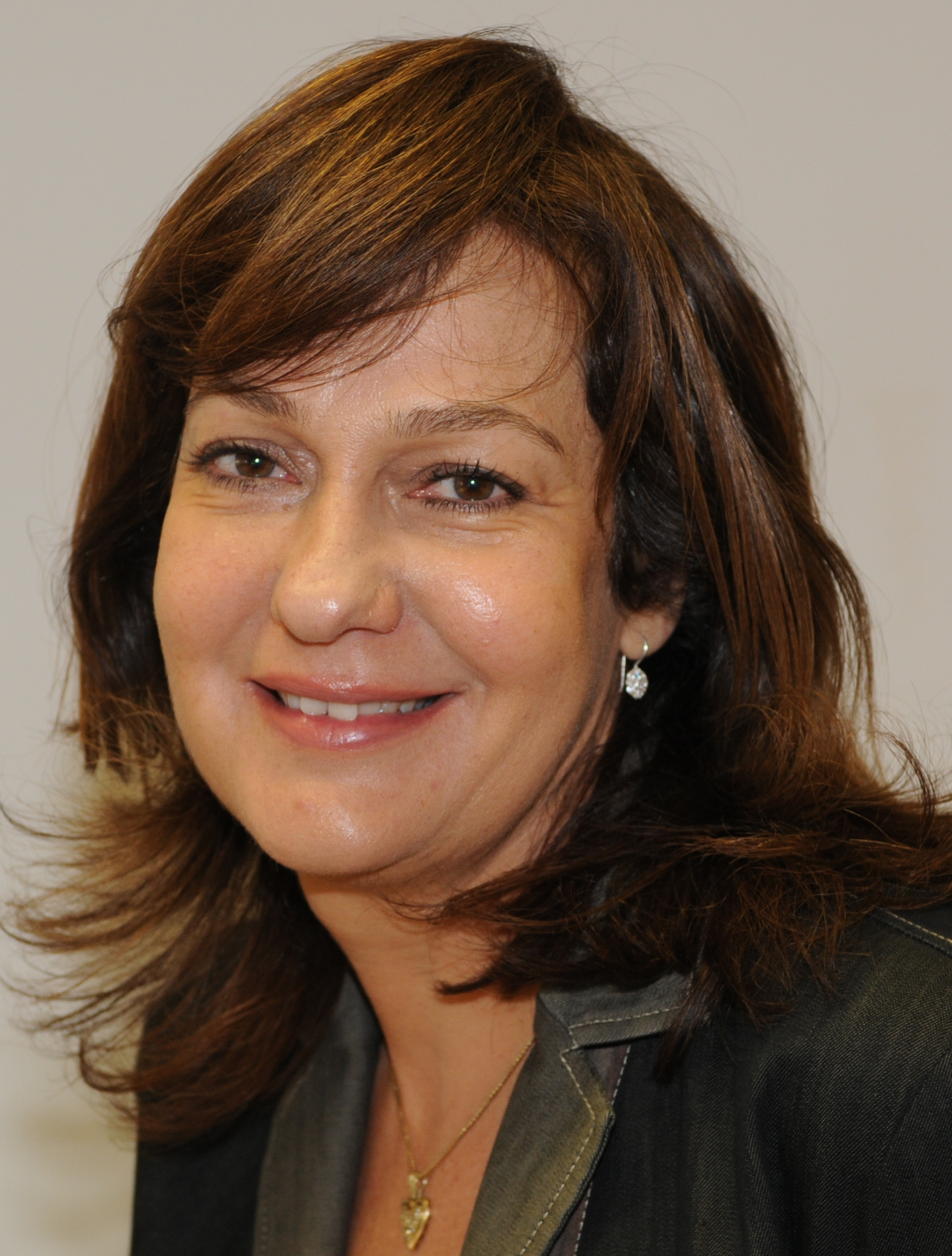
Nina Petoussi-Henss, Ph.D.
Research scientist, Federal Office for Radiation Protection (BfS), Germany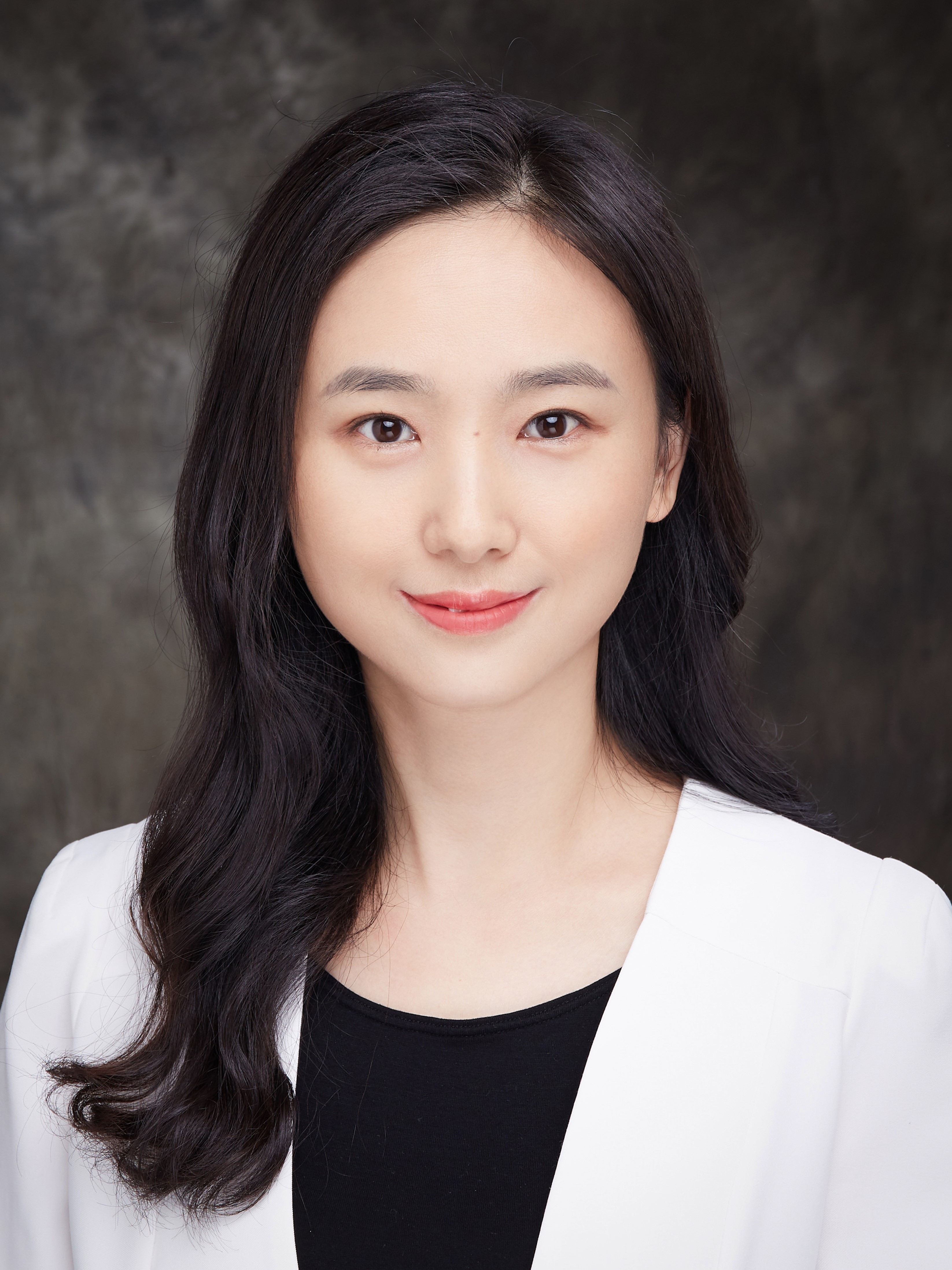
Rui Qiu, Ph.D.
Associate Professor, Department of Engineering Physics, Tsinghua University
-
Christopher H. Clement, MSc CHP MSRP
Scientific Secretary & Chief Executive Officer of International Commission on Radiological Protection
Christopher Clement is the Scientific Secretary and Chief Executive Officer of the International Commission on Radiological Protection (ICRP). He became Scientific Secretary in 2008, the ninth to hold this position since ICRP (originally named the International X-Ray and Radium Protection Committee) was established in 1928. He oversees the daily business of ICRP, represents the organisation in many international fora, and has presented well over 300 invited lectures on radiological protection in more than 40 countries. He has overseen the production of more than 70 issues of Annals of the ICRP as Editor-in-Chief, the basis of radiological protection standards, legislation, and practice world-wide. In addition to his ICRP duties, since 2012 he has been a member of the International Radiation Protection Association (IRPA) Executive Council, and Vice-President of IRPA since 2021.
Mr Clement has a Master of Science degree in Medical Physics and is a Certified Health Physicist. He has more than thirty years of experience in radiological protection, and prior to joining ICRP worked in environmental monitoring and remediation, radiological counterterrorism, and as Director of Radiation Protection at the Canadian Nuclear Safety Commission overseeing radiation protection regulation in all sectors across the country. For several years he represented Canada at the IAEA Radiation Safety Standards Committee, and the OECD Nuclear Energy Agency’s Committee on Radiation Protection and Public Health.
He has received the two highest honours of the Canadian Radiation Protection Association (CRPA): the Distinguished Achievement Award in 2011, and the Richard V. Osborne Founders' Award in 2015. In 2019, he received the Ambassador’s Award from the Ambassador of Japan to Canada for his work in recovery after the Fukushima Daiichi accident and the promotion of mutual understanding and friendly relations between Japan and Canada. In 2022, he had the honour of being named as a G. William Morgan Lecturer by the US Health Physics Society.

-
Keon Wook Kang, M.D., Ph.D.
Professor, Department of Nuclear Medicine, Seoul National University College of Medicine
Professional experiences
- 1985-1991 M.D. Seoul National University College of Medicine
- 1999-2001 Ph.D. in Medicine, Seoul National University Graduate School
- 2000-2006 Chief, Department of Nuclear Medicine, Hospital, National Cancer Center, Korea
- 2003-2004 Visiting Scientist, Molecular Imaging Program at Stanford University, Stanford, CA, U.S.A.
- 2007-present. Professor, Department of Nuclear Medicine, Seoul National University College of Medicine, Seoul, Korea
- 2013-2021 Member, Committee 3 (Medicine), International Commission on Radiological Protection
- 2019-present. Vice Director, Bio-MAX Institute, Seoul National University, Seoul, Korea
- 2020-present. Director, Translational Research Institute, Biomedical Research Institute, Seoul National University Hospital
- 2021-present. Board Member, World Molecular Imaging Society
- 2021-present. Director, Institute of Radiation Medicine, Seoul National University Medical Research Center
- 2022-present. President, the Korean Society of Nuclear Medicine
- 2022-present. Chairman, Asian Regional Cooperative Council for Nuclear Medicine
Awards
- 1995 Distinguished Young Investigator's Award from Asia and Oceania, the Japan Society of Nuclear Medicine, Yokohama, Japan
- 2001 Ministerial Citation, Ministry of Health & Welfare, Korea
- 2002 The Korean Federation of Science and Technology Societies Award, Korea
- 2016 Ministerial Citation, Ministry of Science, ICT and Future Planning, Korea
- 2021 Prime Minister's Commendation, Korea
- 242 peer reviewed articles

-
Hiroyuki Takahashi, Ph.D.
Professor, Institute of Engineering Innovation, Department of Nuclear Engineering and Management, and Department of Bioengineering, School of Engineering, The University of Tokyo
Professional experiences
- March 1980: Graduated from Toyama Highschool, Tokyo, Japan
- March 1985: Graduated from School of Engineering, The University of Tokyo
- March 1987: Graduated from Graduate School of Engineering, The University of Tokyo
- January 1989: Research Associate, Faculty of Engineering, The University of Tokyo
- May 1993: Dr. of Engineering, The University of Tokyo
- October 1993: Lecturer, School of Engineering, The University of Tokyo
- March 1996: Visiting Scientist, MIT
- October 1996: Associate Professor, School of Engineering, The University of Tokyo
- October 2002: Associate Professor, Research into Artifacts, Center for Engineerng, The University of Tokyo
- April 2005-NOW: Professor, Department of Nuclear Engineering and Management, School of Engineering, The University of Tokyo
- April 2006-NOW: Department of Bioengineering
- April 2014-March 2020: Special Advisor to the Dean of Engineering, The University of Tokyo
- January 2016: Professor, Institute of Engineering Innovation, School of Engineering, The University of Tokyo
- November 2017-NOW: Special Advisor to the President, The University of Tokyo
- November 2021: 2021 IEEE Nuclear Science Symposium, Program Chair
- April 2022: Director, Nano-system Integration Center, The University of Tokyo
Research areas
- 1. Radiation Detection and Measurements: Sensor, Signal processing, System development
- 2. Front-end electronics: digital signal processing system for PET applications
- 3. Gaseous counter development: Glass-GEM, MSGC, He-3 gas counters
- 4. Superconducting transition edge sensors: Infrared, X-ray and gamma-ray microcalorimeters

-
Liye Liu, Ph.D.
President, China Institute for Radiation Protection (CIRP)
Secretary-General, China Society of Radiation Protection (CSRP)
Dr. Liye Liu has 20 years of experience in the field of radiation dosimetry, with research interests focused on human phantom, dose calculation and measurement, radiation detection and ALARA supporting technology. He is recognized as a leading contributor in the development of series Chinese reference human physical and digital phantoms and their application in dosimetry. As project leader, he carried out many pioneering researches of significance including the country’s first large-scale survey of occupational exposure sources and dose assessment work during the maintenance period of operating nuclear power plants and the research and development of a 3D ALARA Planning Platform in China.
He’s actively involved in multiple professional organizations, serving as Secretary-General CSRP and the Chair of its Youth Committee, member of Chinese delegation to UNSCEAR, national representative to IAEA-RASSC, co-founder and the executive member of Asian Radiation Dosimetry Group (ARADOS), and the Chair of Asia and the Pacific Regional ALARA Network (ARAN).

-
Jan Schuemann, Ph.D.
Associate Professor, Department of Radiation Oncology, Massachusetts General Hospital and Harvard Medical School
Dr. Jan Schuemann is an Associate Professor within the Department of Radiation Oncology at Massachusetts General Hospital and Harvard Medical School. He started his research career in particle physics, receiving his Diploma (Masters) degree in Hamburg, Germany, and then moved to Taiwan to look for CP-violation in b-decays for his PhD studies in Taipei. He went on to study b-decays, and later, neutrino physics in Japan.
In 2010, Dr. Schuemann moved into Medical Physics when he joined the team of Dr. Harald Paganetti at the MGH to help develop the TOPAS (Tool for Particle Simulation) Monte Carlo system. He became increasingly interested in the mechanisms of radiation action at the cellular scale and thus formed the TOPAS-nBio project, a nanometer scale extension to TOPAS, that simulates the physical and chemical damage induction and following repair kinetics. Since then, Dr. Schuemann’s research aims at improving our understanding of the fundamental processes at the sub-cellular scale.
Dr. Schuemann’s lab combines modeling and experimental approaches to investigate the fundamental processes of radiation response. The lab includes projects from Monte Carlo based modeling to investigating the potential of in vivo healthy tissue sparing effects for proton FLASH irradiations.

-
Tatsuhiko Sato, Ph.D.
Research fellow, Nuclear Science and Engineering Center, Japan Atomic Energy Agency
Dr. Tatsuhiko Sato is the leader of the development team of the Particle and Heavy Ion Transport code System, PHITS, which has been used by more than 7,000 researchers from 60 countries. He also used the code by himself for cosmic-ray research and medical physics. He developed a model for estimating the terrestrial cosmic-ray fluxes for both solar quiet and storm periods based on the airshower simulation performed by PHITS. He also developed a model for estimating the therapeutic effects of charged particle therapy and boron neutron capture therapy based on the microdosimetric simulation performed by PHITS. He is a member of International Commission on Radiological Protection (ICRP) Committee 2 since 2017.

-
Kun-Woo Cho, Ph.D.
Principal researcher, Korea Institute of Nuclear Safety (KINS)
Dr. Kun-Woo Cho joined KINS in 1989 as radiation safety inspector. Later on, he had served as the head of the departments for radiation protection, radiation safety research and international policy. He had also served as the director of the radiation safety regulation division and the vice-president for the office of radiation safety. Dr. Cho had been a member and the vice-chair of ICRP Committee 4 from July 2013 to June 2017 and has been a member of ICRP Main Commission since July 2017. He also served as the chair of ICRP Task Group 94, which was for the ICRP Publication 138 “Ethical Foundations of the System of Radiological Protection.”

-
Nina Petoussi-Henss, Ph.D.
Research scientist, Federal Office for Radiation Protection (BfS), Germany
Dr. Nina Petoussi-Henss is a research scientist, currently at the Federal Office for Radiation Protection (BfS), Germany and previously at Helmholtz Zentrum Munich. She holds a Ph.D. degree in Physics and a M.Sc. in Applied Radiation Physics from the University of Birmingham, UK. The emphasis of her work is in dosimetry developing and applying numerical methods and virtual anthropomorphic phantoms for external and internal exposures. That includes organ dose calculations due to medical, environmental and occupational exposures. Her work contributed to the successful establishment of recommendations and guidelines to national and international bodies.
Dr. Petoussi-Henss is a member of ICRP Committee 2 “Doses From Radiation Exposure” and a member of four ICRP Task Groups (TG): TG113 “Reference Organ and Effective Dose Coefficients for Common Diagnostic X-Ray Imaging Examinations” of which she is the co-chair; TG96 “Computational Phantoms and Radiation Transport”, TG103 “Mesh-type Reference Computational Phantoms” and TG36 “Radiation Dose to Patients in Diagnostic Nuclear Medicine”. She has been the chair of TG90 on “Age-Dependent Dose Coefficients for External Exposures to Environmental Sources” which published recently Publication 144 (2020). She has been a member of the TG Dose Calculations (DOCAL) of which she was the co-chair between 2007-2012. She has chaired the task of external radiation dosimetry which authored Publication 116 “Conversion Coefficients for radiological Protection Quantities for External Radiation Exposure” (2012) and co-author of 4 further ICRP publications.

-
Rui Qiu, Ph.D.
Associate Professor, Department of Engineering Physics, Tsinghua University
Dr. Rui Qiu is an Associate Professor at Department of Engineering Physics of Tsinghua University in China. She received her Doctorate in health physics from Tsinghua University in 2007. She worked as a radiation physicist at Pohang Accelerator Laboratory in Korea (2005-2006) and at SLAC in USA (2009-2010). Her current research interests mainly lie in two aspects: one is radiation dosimetry with computational human phantoms, the other is accelerator health physics. She took the lead in development and applications of multi-scale Chinese reference phantoms library. She also performs researches on the radiation protection for high intensity laser facilities and accelerators.
She serves as member of ICRP task group 103, member of the IRPA Young Generation Network (YGN) leadership committee, executive of WIN (Women in Nuclear) Global, member of ARADOS and EURADOS, Vice-chair of the Youth Committee of China Society of Radiation Protection, and Managing director and Vice Secretary-General of Chinese society of Particle Accelerator Radiation Protection. She has published over 102 peer-reviewed journal papers and several papers were published as cover articles or won international academic awards. She serves as Monitoring and Steering Committee member of ISORD, the co-chair of the technical program committee of ICRS14/RPSD2022, and member of editorial boards of various journals including health physics and medical physics.
